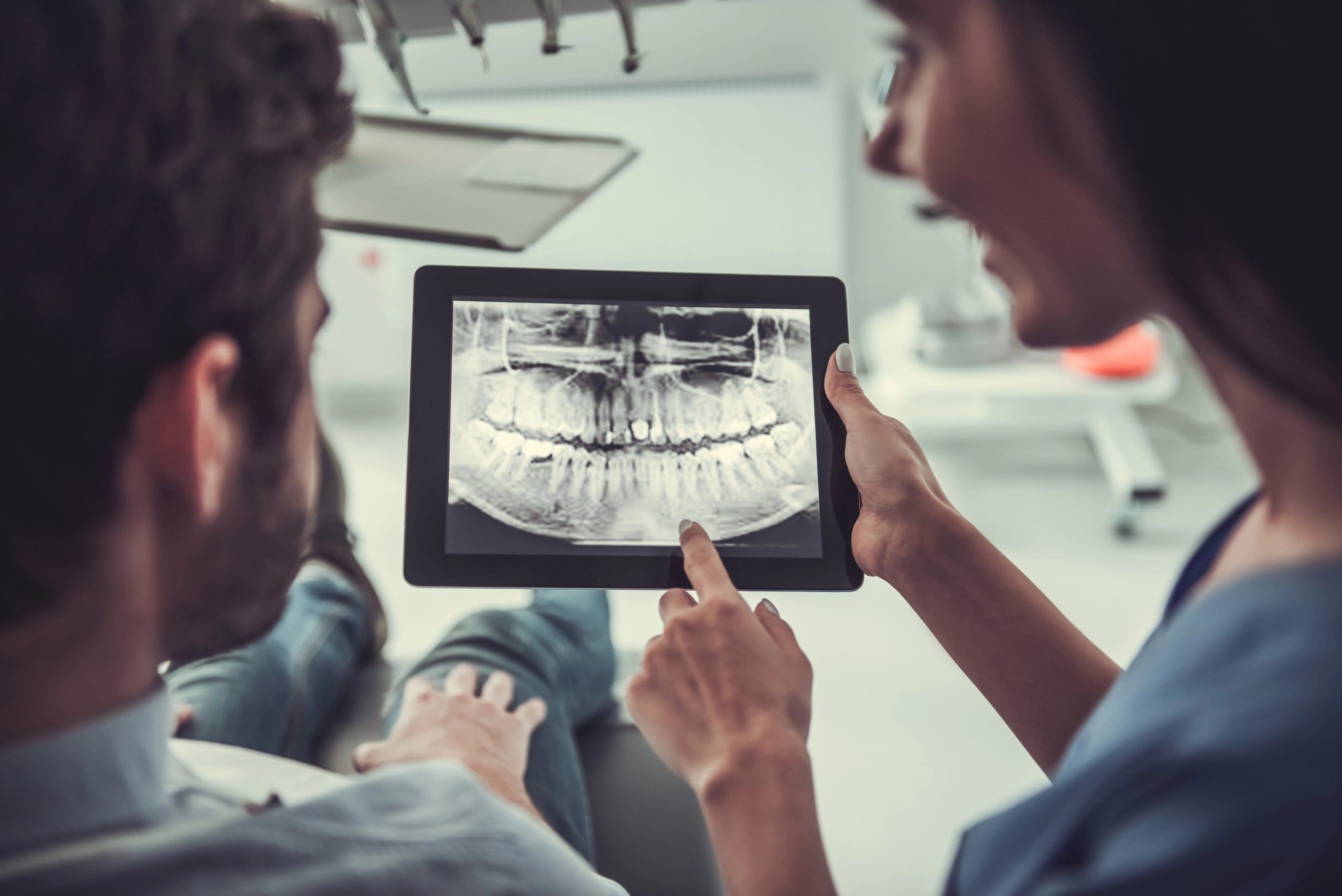Are Digital X-rays safe, and what should you know about their use in modern diagnostics? Digital X-rays utilize lower radiation doses compared to traditional film X-rays, making them a safer choice in many medical settings. They provide quick and detailed images that assist healthcare professionals in accurately diagnosing various conditions.
Digital X-rays Safety: Understanding Radiation Levels
When discussing the safety of digital X-rays, it’s crucial to consider the radiation levels involved. Digital X-rays emit a form of electromagnetic radiation necessary for capturing images of the body’s internal structures. Compared to traditional film X-rays, digital X-rays generally use lower levels of radiation. This reduction is due to the enhanced sensitivity of digital detectors, which can capture detailed images with smaller amounts of radiation. However, the exact amount of radiation exposure can vary depending on the type of digital X-ray procedure and the equipment used.
The concern about radiation is understandable, given its potential risks. However, it’s important to note that the levels used in digital X-ray imaging are designed to be as low as reasonably achievable while still providing sufficient image quality for diagnostic purposes. Regulatory bodies and health organizations continuously monitor and regulate these levels to ensure patient safety. For more detailed information on what to expect during such procedures, you might consider reading about Digital Dental X-rays: What to Expect.
Comparing Digital and Traditional X-rays
When discussing the safety of X-ray technology, it’s essential to understand the differences between digital and traditional X-rays. Traditional X-rays, which have been used for decades, produce images on photographic film. This process requires chemical processing and can take time to develop, which might extend the patient’s exposure to radiation. On the other hand, digital X-rays capture images electronically, which not only reduces the time needed to view the images but also significantly decreases the radiation exposure.
Digital X-rays offer several advantages over their traditional counterparts, primarily due to the efficiency of capturing and processing the images. Since digital images are available almost immediately, they can be viewed on a computer screen right in the examination room. This immediacy allows for quicker assessments and adjustments if additional images are necessary. Furthermore, digital X-rays can be enhanced and easily shared among healthcare providers, improving communication and patient care. Explore Digital X-Rays in Fort Worth.
Regulatory Standards for X-ray Equipment
When discussing digital X-rays safety, it’s crucial to consider the regulatory standards that govern the use of X-ray equipment. These standards are designed to ensure that all X-ray devices, including digital systems, are used in a manner that minimizes risk and maximizes safety for both patients and healthcare providers. Regulatory bodies across various countries have established guidelines and requirements that must be adhered to by manufacturers and medical facilities. These regulations cover aspects such as radiation doses, equipment maintenance, and operational protocols, ensuring that every precaution is taken to maintain safety in medical imaging.
Common Uses of Digital X-rays
Digital X-rays are a pivotal tool in modern medical diagnostics, offering detailed images that assist healthcare professionals in accurately assessing and monitoring various conditions. Commonly utilized in fields such as dentistry, orthopedics, and mammography, digital X-rays allow for a quicker and more efficient examination process compared to traditional film X-rays. This technology is particularly valued for its ability to provide immediate imaging results, which is crucial in emergency medicine and surgical planning. Despite concerns about radiation exposure, digital X-rays are designed to minimize risks, making them a safer choice in many medical scenarios. For those seeking dental services, Mira Vista Dental Associates, a Fort Worth Dentist, utilizes digital X-ray technology to enhance diagnostic precision while prioritizing patient safety.
Patient Exposure: Digital X-ray Facts
When discussing digital X-rays safety, it’s essential to consider the facts surrounding patient exposure. Digital X-rays are a modern technology used widely in various medical fields to provide detailed images of the internal structures of the body. This method is known for its efficiency in capturing high-quality images. The level of radiation exposure from digital X-rays is generally lower compared to traditional film X-rays, primarily due to the sensitivity of the digital detectors, which can capture detailed images with smaller doses of radiation. This characteristic contributes to the ongoing discussions about the safety and utility of digital X-rays in medical diagnostics.
Safety Features in X-ray Machines
When discussing digital X-rays safety, it’s crucial to highlight the advanced safety features integrated into modern X-ray machines. These devices are designed with numerous protective measures to minimize radiation exposure and enhance patient safety. For instance, digital X-ray systems often include highly sensitive detectors that require significantly less radiation to produce a clear image compared to traditional film X-rays. Additionally, they are equipped with precise control systems that allow for targeted imaging, reducing unnecessary exposure to other areas of the body. With these innovations, digital X-rays not only improve diagnostic capabilities but also ensure a safer experience for patients.
Digital X-ray Image Processing
Digital X-ray image processing has significantly advanced the field of radiography, enhancing both the efficiency and safety of diagnostic procedures. This technology allows for immediate image preview and availability, reducing the time patients spend exposed to radiation. Moreover, digital X-rays can be adjusted and enhanced after capture, which often eliminates the need for repeat exposures. Such improvements not only streamline the diagnostic process but also contribute to digital X-rays’ safety, ensuring that patients receive the lowest radiation dose necessary for accurate diagnosis. This is crucial in minimizing health risks while providing high-quality medical imaging.
Environmental Impact of Digital X-rays
Digital X-rays, while pivotal in modern diagnostics, also raise questions about environmental safety. When considering Digital X-rays safety, it’s essential to evaluate their environmental impact compared to traditional film-based X-rays. Digital X-rays eliminate the need for chemical processing, which involves harmful substances that can be detrimental to the environment. Additionally, they reduce waste associated with film packets and lead shields. This digital method not only minimizes the disposal of toxic chemicals but also lessens the carbon footprint associated with the production and disposal of physical films. Thus, Digital X-rays represent a safer, more sustainable option, aligning with eco-friendly healthcare practices.
Long-term Safety Studies and Findings
When considering digital X-rays safety, long-term studies and findings play a crucial role in understanding their impact on health. Extensive research has consistently shown that digital X-rays emit significantly lower levels of radiation compared to traditional film X-rays. This reduction in exposure helps minimize any potential risks associated with radiation, making them a safer choice for both patients and healthcare providers over time. Furthermore, ongoing advancements in digital radiography technology continue to enhance safety features, ensuring that digital X-rays remain a reliable and secure diagnostic tool.
Conclusion
For further inquiries on digital X-rays safety, please call us at 817-370-7776 or read our reviews on Google Maps.




